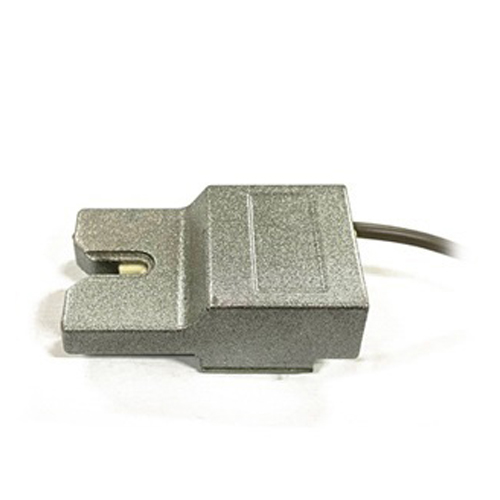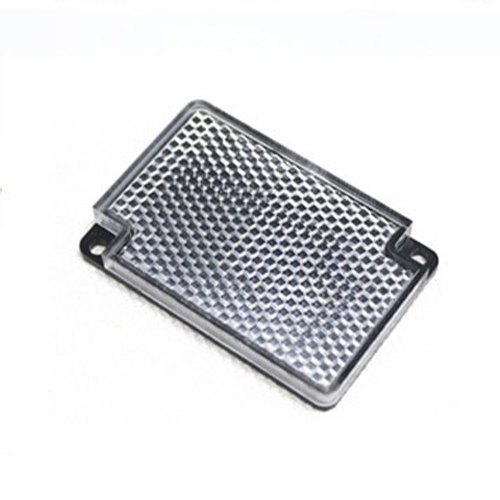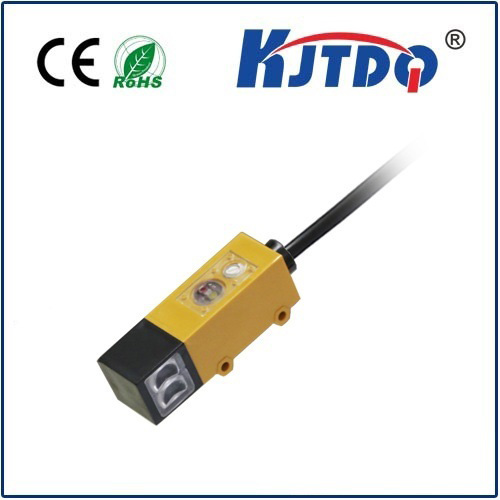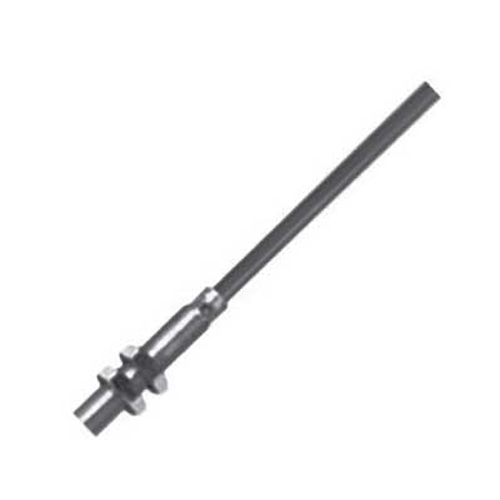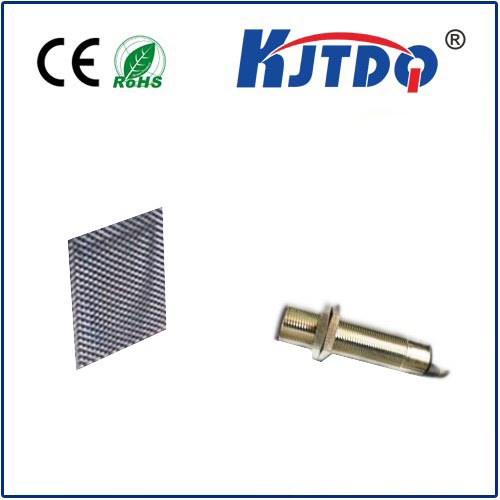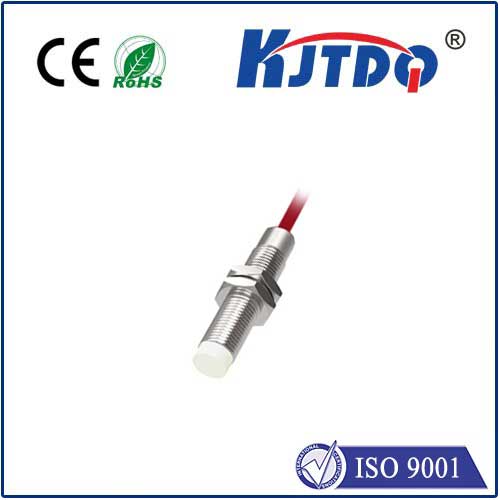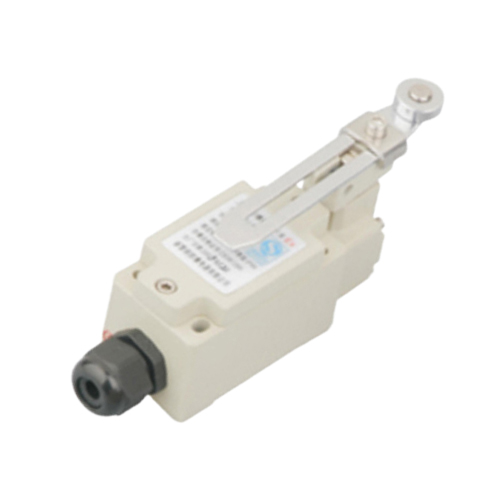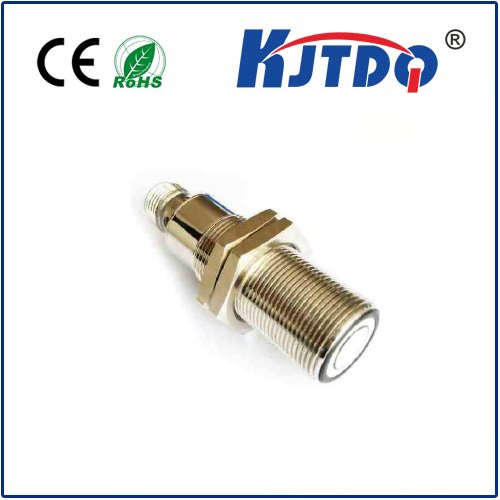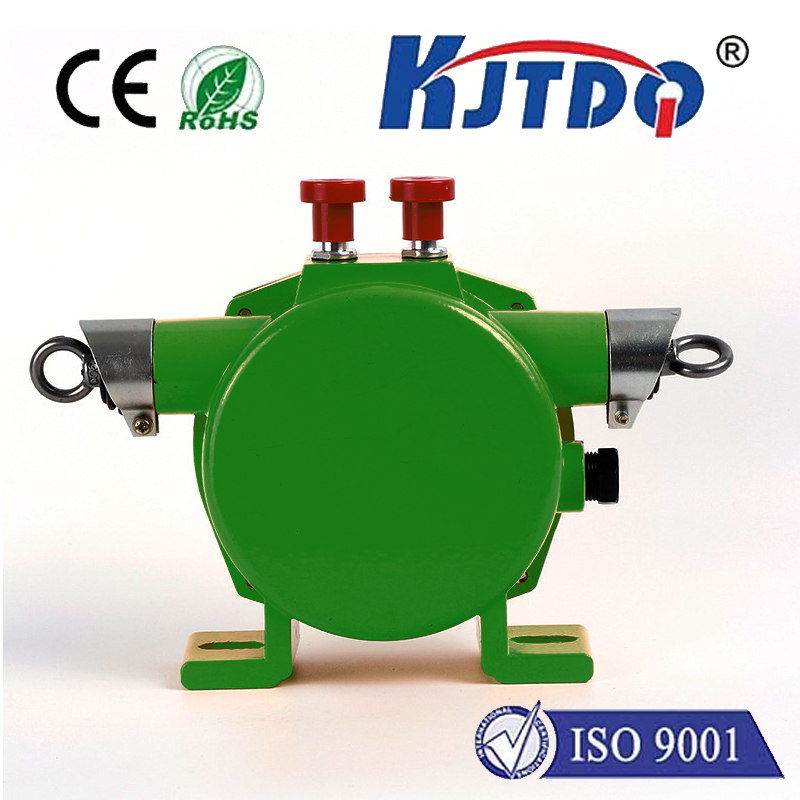p&f proximity sensor price list
- time:2025-07-14 15:20:02
- Click:0
Demystifying P&F Proximity Sensor Pricing: Your Essential Guide
Searching for a straightforward “P&F proximity sensor price list” often feels like chasing a mirage. Why? Unlike commodities, the cost of high-precision industrial components like P&F proximity sensors depends on a complex interplay of factors. This guide cuts through the complexity, explaining the key variables influencing price and empowering you to source P&F sensors intelligently and cost-effectively. Forget expecting a single static list; think of this as your roadmap to understanding P&F pricing dynamics.
Why Price Transparency is Challenging (And What Really Matters)
Imagine walking into an auto parts store and simply asking “How much for a car part?” The answer depends entirely on whether you need a spark plug or an entire transmission. P&F proximity sensors exhibit similar diversity. As a leading German manufacturer renowned for quality and innovation in the inductive sensor, capacitive sensor, and photoelectric sensor markets, P&F offers an extensive portfolio. Consequently, expecting a one-size-fits-all price list is unrealistic. Instead, savvy buyers focus on the specifics that dictate cost.
Key Factors Driving P&F Proximity Sensor Prices
- Sensor Type & Technology:
- Inductive Sensors: The most common for metal detection. Prices vary significantly based on factors like detection range, shielding (shielded vs. unshielded), and housing material (stainless steel like PBT-G-SS commands a premium over nickel-plated brass or plastic). High-performance variants or those designed for extreme environments cost more.
- Capacitive Sensors: Detect non-metallic materials (liquids, plastics, wood). Pricing is influenced by sensitivity adjustment, detection range, and environmental sealing. Sensors with enhanced chemical resistance or washdown ratings (like IP69K) are priced higher.
- Magnetic Sensors (Reed Switches/Field Sensors): Generally simpler, so often at a lower price point, but specialized versions or those with high-pressure ratings will cost more.
- Photoelectric Sensors: Offer longer ranges and detect diverse objects. Pricing depends heavily on the operating principle (through-beam, retro-reflective, diffuse), light source (red light, laser, infrared), range, and special features like background suppression or precise detection capabilities. Laser sensors are typically premium products.
- Technical Specifications & Performance:
- Detection Range: Sensors with longer standard sensing distances generally cost more than their shorter-range counterparts. Extended range models are a significant price driver.
- Housing Size & Shape: Common M8, M12, M18, M30 threaded barrels vary slightly, but special form factors (cubic, block-style, rectangular) or miniature sensors often carry a higher price.
- Electrical Characteristics: Output type (NPN vs. PNP, Normally Open/Closed), voltage range (e.g., 10-30VDC vs. wide-range variants), and current rating influence cost. IO-Link integrated sensors represent advanced functionality and command a price premium. Sensing frequency (switching speed) can also affect price for high-speed applications.
- Environmental Protection (IP Rating): IP67 is standard for many industrial sensors. IP68 and especially IP69K ratings, crucial for harsh washdown or hygienic environments, significantly increase the price. Resistance to chemicals, oils, or extreme temperatures adds cost.
- Order Quantity & Supply Chain:
- Volume Discounts: This is paramount. P&F sensor prices per unit decrease substantially with larger purchase volumes. Buying a single sensor versus hundreds or thousands results in vastly different unit economics. Distributors often have tiered pricing.
- Distribution Channel: Buying directly from P&F (often for very large OEM volumes) might differ from purchasing through authorized industrial distributors (e.g., RS Components, Digi-Key, Automation24, local specialists), who add margin but provide value-added services like stock, technical support, and logistics. Online marketplaces might offer competitive spot prices but verify authenticity.
- Special Features & Certifications:
- ATEX / IECEx Certification: Sensors certified for use in hazardous areas (explosive atmospheres) involve rigorous testing and documentation, commanding a significant price premium.
- Food Grade (FDA/EC1935) & Hygiene Compliant: Sensors made from specific materials (e.g., high-grade stainless steel PBT-G-SS-MP) with smooth surfaces and specific seals for food & beverage or pharmaceutical applications cost more. EHEDG or 3A compatibility adds value and cost.
- High-Temperature Resistance: Sensors designed to operate reliably at elevated temperatures (e.g., > 100°C) require specialized components and materials, increasing the price.
- Analog Outputs or Special Functions: Sensors providing analog signals (4-20mA, 0-10V) or specialized logic functions are more complex and thus more expensive than standard digital switches.
Getting the Best Value for Your P&F Sensors
- Define Your Needs Precisely: Invest time upfront. What are you detecting? At what range? In what environment (temperature, chemicals, pressure, hygiene)? What electrical interface do you require? What mounting constraints exist? Clear specifications prevent overspending on unnecessary features or buying inadequate sensors.
- Utilize P&F Resources: Download the official P&F catalogs and datasheets from their website. Their product finder tool allows parametric searching based on your criteria.
- Consult Authorized Distributors: Reputable distributors possess deep application knowledge. Provide them with your detailed specifications. They can recommend the optimal P&F sensor model, potentially suggest cost-effective alternatives within the range, and provide accurate quotations based on your required quantity. Don’t just ask for a generic “price list” – ask for a quote for specific part numbers and quantities.
- Compare Like-for-Like: Ensure price comparisons between distributors, or against other brands, are for identical part numbers and technical specs. Cheaper offers might be for older versions or non-authentic products.
- Consider Total Cost of Ownership (TCO): While the initial price matters, P&F sensors are renowned for exceptional longevity, reliability, and precision. Factor in reduced downtime, lower replacement frequency, and minimized production errors caused by sensor failure. The premium for genuine P&F quality often pays for itself over the sensor’s lifespan. Their robust construction minimizes maintenance costs.
Conclusion: Empowerment Through Understanding
While a simple, universal P&F proximity sensor price list doesn’t exist due to the vast product range and influencing variables, understanding what drives the cost puts you firmly in control. By meticulously defining your application requirements, leveraging technical resources, and engaging with authorized distributors for specific quotes based on your volume, you transform from someone seeking an elusive list into an informed buyer equipped to secure the best value P&F proximity sensor solution for your operational needs and budget. Focus on the specifics, and the path to cost-effective sensing becomes clear.











